Health Equity
Exchange
Two faculty members discuss the importance of community-engaged research in their work to help combat cancer disparities fueled by persistent poverty.
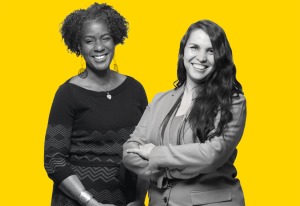
Left to right: Dr. Erica Phillips (M.S. ’03) and Dr. Yazmin Carrasco
Dr. Erica Phillips (M.S. ’03) is a co-principal investigator for the Center for Social Capital (SoCa) and Multigenerational Health — a specialized research center funded by a $9.8 million, five-year grant from the National Cancer Institute (NCI) designed to help combat cancer disparities fueled by persistent poverty — and the lead investigator for the Cancer Risk Education in Schools for Youth and Families (CARES4You) study.
Dr. Yazmin Carrasco co-leads the career enhancement core of the Center for Social Capital.
What is community-engaged research?
Dr. Phillips: Community-engaged or community-based participatory research has existed for decades as an approach that has focused predominantly on addressing health inequities. It requires you to work collaboratively with the community to address issues most relevant to them by listening, responding and incorporating what community members say and want from the study you conduct. It’s the reason I went into medicine in the first place: to address differences in communities related to health and answer big questions around what we know are pervasive disparities in health outcomes.
How the work of the Center for Social Capital addresses health disparities
Dr. Phillips: Prior to the COVID-19 pandemic, we began working on understanding the needs around cancer prevention and control in neighborhoods served by the Sandra and Edward Meyer Cancer Center and NewYork-Presbyterian. We started with neighborhoods with disproportionally higher amounts of new cases and death from cancers that can be detected early, such as breast, cervical and colon. We held a series of community roundtables and surveyed around 2,500 residents about how they understood their cancer risk and the obstacles to cancer prevention and control. One thing we found was that some people hear the word “cancer” and think “death” — even as the science advances. We hope to change that cycle of thinking by focusing on the science of cancer.
When we hosted a community conversation to present our findings, one of the resounding themes from community members was that we need to start younger — middle school — with education and interventions that would embed cancer risk reduction information in the school system.
Our current work challenges us to consider how we, as academic researchers, will respond to our community members’ needs. Our team is thinking about how to get middle school students in our target communities interested in the science of cancer and the many STEM-based careers that impact cancer. How do we strengthen under-resourced schools where the STEM pipeline starts? How do we channel students’ energy into understanding how their environment and public policies can contribute to cancer risk and activate their desire to be influencers around these policies? How can we get them to communicate what they learn in the classroom to the adult caregivers in their households?
Dr. Carrasco: The SoCa Center’s Career Enhancement Core has several programs. One provides experiential and employable skills to college-level, post-baccalaureate and masters’ students from underrepresented groups within persistent poverty areas or insider researchers (researchers who are members of a community where research is being conducted) to enter clinical research coordinators positions, a role that involves managing and coordinating the daily activities of clinical studies. It’s a career path that is not well known outside of academic research but provides an entry and retention point into the scientific ecosystem. We hope to provide a path to social mobility to members of the communities with a greater cancer burden and in turn, engage the lived experiences of these insider researchers to meaningfully diversify the clinical research workforce to promote inclusive research.
We will also develop infrastructure to facilitate the use of NIH diversity supplements to fund hands-on research experiences in biomedical fields for underrepresented students to expand their career choices, and ultimately, expand the diversity of the biomedical workforce.
Why representation matters
Dr. Carrasco: You cannot be what you cannot see, right? We hope the Career Enhancement Core will provide an opportunity for people to see themselves in the people who are doing the research, who take part in asking the questions and who have a say in the questions being asked.
At the end of the day, it’s about engaging with those innate cultural norms and societal structures that individuals bring from their communities, so they can influence the health-related decisions being made in their own community. We hope the clinical research coordinator program will not only impact the diversity of clinical studies and participants in those studies, but also the diversity of the biomedical workforce to ultimately advance health equity.
Dr. Phillips: Getting kids excited about the science of cancer and having them think about all the STEM-based careers that are often unfilled by people like themselves is so important because often the only kind of STEM-based careers students consider are becoming doctors or nurses. And there are so many untapped professions. It’s also about creating that pipeline a lot earlier to connect to the pipeline that Dr. Carrasco and colleagues are building. If we start these conversations in high school and college, even that’s still too late. Our project is targeting middle school because that’s what our community members advised.
The numbers of individuals from underrepresented backgrounds in the biomedical workforce is still pretty small. This work is about creating social capital.
Summer 2024 Front to Back
-
Features
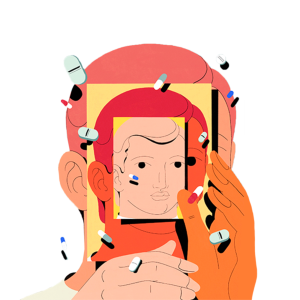
Science Over Stigma
By probing the physical cause of obesity, researchers have repudiated harmful misconceptions, leading to new, highly effective medications. -
Features

The Sounds of Science
How insights from ornithology, coupled with advances in AI, could enable doctors to screen for disease using the human voice. -
Features

Bones’ Secret Cells
Research led by Dr. Matthew Greenblatt and his lab is revealing connections between bone stem cells and a surprising array of conditions — including cancer. -
Notable

Expansion in Midtown
A 216,000 square-foot expansion of clinical and research programs at 575 Lexington Ave. will provide state-of-the-art clinical care at the Midtown Manhattan location. -
Notable

A Dramatic Growth in Research
In the decade since the Belfer Research Building’s opening, Weill Cornell Medicine’s sponsored research funding has more than doubled. -
Notable

Dateline
Heart disease presents differently in resource-poor countries like Haiti. Dr. Molly McNairy and colleagues are working to identify underlying causes and prevention. -
Notable

Overheard
Weill Cornell Medicine faculty members are leading the conversation about important health issues across the country and around the world. -
Notable

News Briefs
Notable faculty appointments, honors, awards and more — from around campus and beyond. -
Grand Rounds
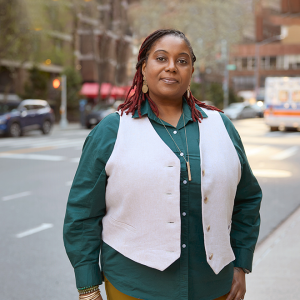
Living With Endometriosis: A 12-Year Journey
How the right treatment reduced the pain of endometriosis -
Grand Rounds

Taking Action Against Lung Cancer
Monitoring by Weill Cornell Medicine’s Incidental Lung Nodule Surveillance Program can lead to early cancer detection. -
Grand Rounds

News Briefs
The latest on teaching, learning and patient-centered care. -
Discovery

Gut Check
New evidence shows that a bacterium found in the gut of livestock could be a trigger of multiple sclerosis in humans. -
Discovery

Researchers Chart the Contents of Human Bone Marrow
A new method for mapping the location and spatial features of blood-forming cells within human bone marrow provide a powerful new means to study diseases that affect it. -
Discovery
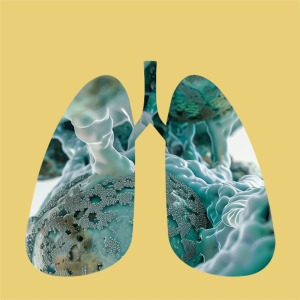
Findings
The latest advances in faculty research, published in the world’s leading journals. -
Alumni
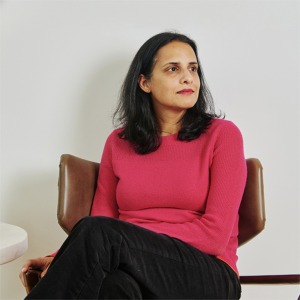
Profiles
Forging critical connections to move research from the bench to the bedside, our alumni are making an impact. -
Alumni
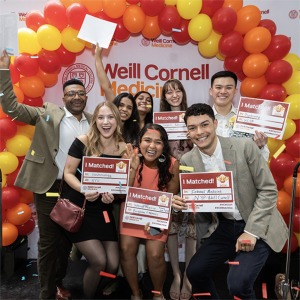
Notes
What’s new with you? Keep your classmates up to date on all your latest achievements with an Alumni Note. -
Alumni

In Memoriam
Marking the passing of our faculty and alumni. -
Alumni
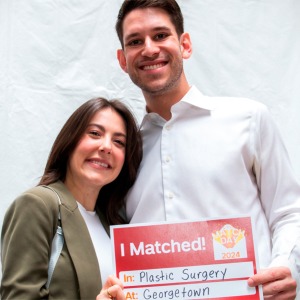
Moments
Marking celebratory events in the lives of our students, including the White Coat Ceremony and receptions for new students. -
Second Opinion

Equal Risk
Does race have a role in calculations of health risks? -
Exchange
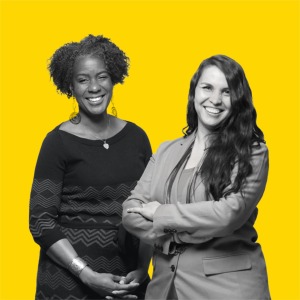
Health Equity
Two faculty members discuss the importance of community-engaged research in their work to help combat cancer disparities fueled by persistent poverty. -
Muse
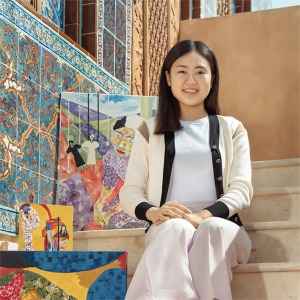
Finding Strength in Art
Surin Lee is a Weill Cornell Medicine-Qatar medical student, Class of 2026, and a visual artist. -
Spotlight
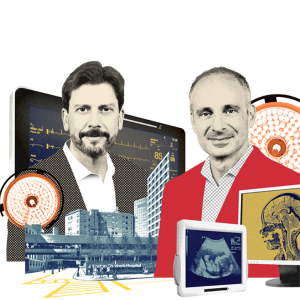
Partners in Solving Surgical Challenges
Dr. Darren Orbach (M.D. ’98, Ph.D.) and Dr. Peter Weinstock (M.D. ’98, Ph.D.) are pioneering the use of practice simulations to ensure successful complex surgeries.